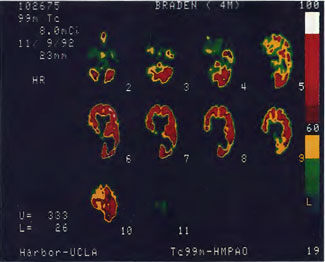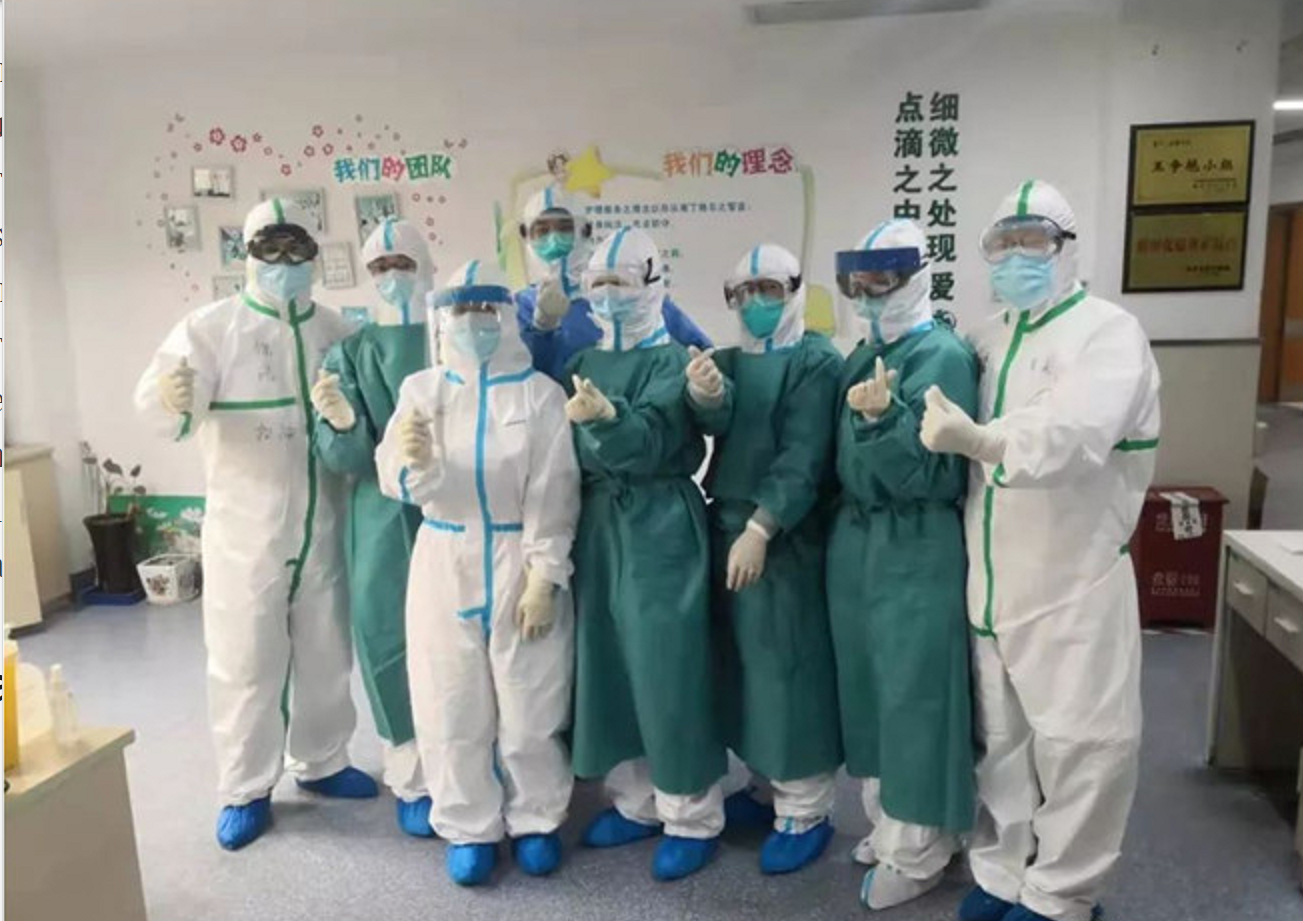As hyperbaric oxygen therapy (HBOT) moves closer to a standard of care for many deemed ‘hopeless’ diseases it still remains a controversial and misunderstood treatment. Currently there are thirteen medical conditions approved for treatment with HBOT. But over twenty-two years of experience has shown Dr. Paul Harch astounding medical benefits when applied to diseases like Cerebral Palsy Autism, Stroke, Traumatic Brain Injury, and many others. This interview explores the science behind these applications.
Teri Small, from AutismOne Radio, and Dr. Harch talk about HBOT defined as a pharmaceutical and its pharmacologic effects in the application of HBOT to neurology, including autism.
HBOT has a powerful drug effect in acute brain injury through inhibition of the acute inflammatory reaction of reperfusion injury (the injury caused by re-turn of blood flow after blood flow interruption—e.g. cardiac arrest at birth, near-drowning, etc.) The author’s successful use of HBOT in divers with delayed treatment of brain decompression sickness led to the application to other types of chronic brain injury, including autism. HBOT is suggested to have common pharmaceutical actions on the pathology of chronic brain injury, including autism, that are reinforced by the author’s proof of effectiveness in an animal model of chronic traumatic brain injury. Some of the author’s 25 autistic patients seem to have significant birth insults that contributed to the diagnosis of autism. HBOT appears to be effective for these insults years later. Other physicians are now duplicating the author’s findings in autism. There appears to be no identifiable body of information on HBOT in combination with chelation therapy.
Conclusions: HBOT appears to be effective in the treatment of autism. The pathological targets of treatment are unknown at this time.
See the full interview in PDF Published in Vol. 2, Issue 2,
November 2005, Medical Veritas: The Journal of Medical Truth, a publication of Medical Veritas International (MVI)



